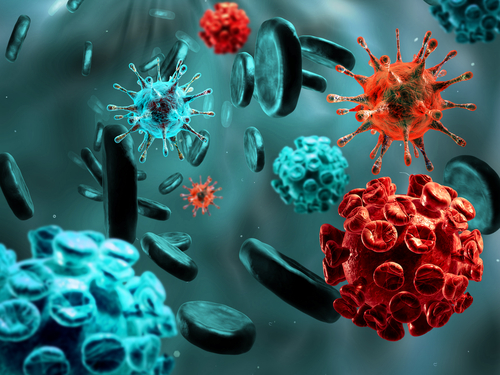Researchers at The Children’s Hospital of Philadelphia (CHOP) headed by Marni J. Falk, M.D., director and attending physician in the Mitochondrial-Genetic Disease Clinic, focused on a group of respiratory enzymes (called respiratory chain RC enzymes), which are essential for the production of energy. When disrupted (due to mitochondrial defects and mutations of complex I of these RC enzymes), these enzymes lead to the production of inadequate amounts of energy affecting the heart, lungs, eyes, brain and most other vital organs of the body. The study focused on the conversion of NADH (Nicotinamide adenine dinucleotide hydrate) to NAD+, one of the key reactions disrupted as a result of these mitochondrial mutations.
Popularly known as the ‘power house’ of the cell, mitochondria are responsible for maintenance of the most valuable functions of the cell. These organelles provide the body with 90% of the energy necessary to sustain vital organs, support life and growth of the individual. They are independent, double membrane bound organelles present in all cells of the body except blood cells. Around 3,000 genes are necessary to make a mitochondrion, out of which only 3% come from mitochondrial DNA while the rest derive from other specialized cells of the body where these mitochondria are present. These genes transcribe and translate proteins which are vital for the function of most metabolic pathways and specialized organs to which they belong.
A mutation in any of these proteins causes an alteration in metabolic pathways which is the root cause behind most metabolic disorders. Mitochondria act as the storehouse for necessary enzymes involved in the synthesis of some vital proteins, like purines and pyrimidines (the building blocks of DNA and RNA), heme (necessary for haemoglobin synthesis), for neurotransmitter metabolism, cholesterol metabolism, detoxification of ammonia produced in the urea cycle in the liver, and many more. Abnormal mitochondrial functioning may cause a number of complications and contribute to conditions like Alzheimer’s Disease, epilepsy, type 2 diabetes, and aging.
CHOP researchers studied the effects of mitochondrial mutations that result in the impairment of these RC enzymes in a group of laboratory animals (nematodes) called Caenorhabditis elegans and treated them with nicotinic acid, a vitamin B3-like product that has been used to treat patients with high triglyceride levels.
The main goal of the research was to understand whether modifying the metabolic agents and enzymes, or restoring their levels in already damaged or mutated mitochondrion could actually restore the lifespan of these animals. Dr. Falk commented on her research saying, “”In contrast to research that aims to repair defective mitochondria, we are bypassing the damaged mitochondria and focusing instead on how cells respond to mitochondrial problems. We’re restoring the ratio of critical metabolic precursors and products that control signalling pathways, thereby improving overall cellular health in respiratory chain diseases.”
The researcher and her team are now trying to monitor if these drugs have similar effects on children with the same RC mutations induced by damage in their mitochondrion. A series of positive results from her team’s research with nematodes is backing her up on future trails with human children. She is hoping that understanding the metabolic pathways more closely and supporting it with appropriate therapeutic strategies would help reveal the mysteries behind metabolic disorders and their complexities.
“Although some specific mechanistic details may differ, we’re looking at how the effects of different drugs may converge to promote an organism’s health and survival,” she said. “We’re enthusiastic that we have reached a major threshold on the path toward bringing important new therapies to a very challenging group of diseases,” she added.

